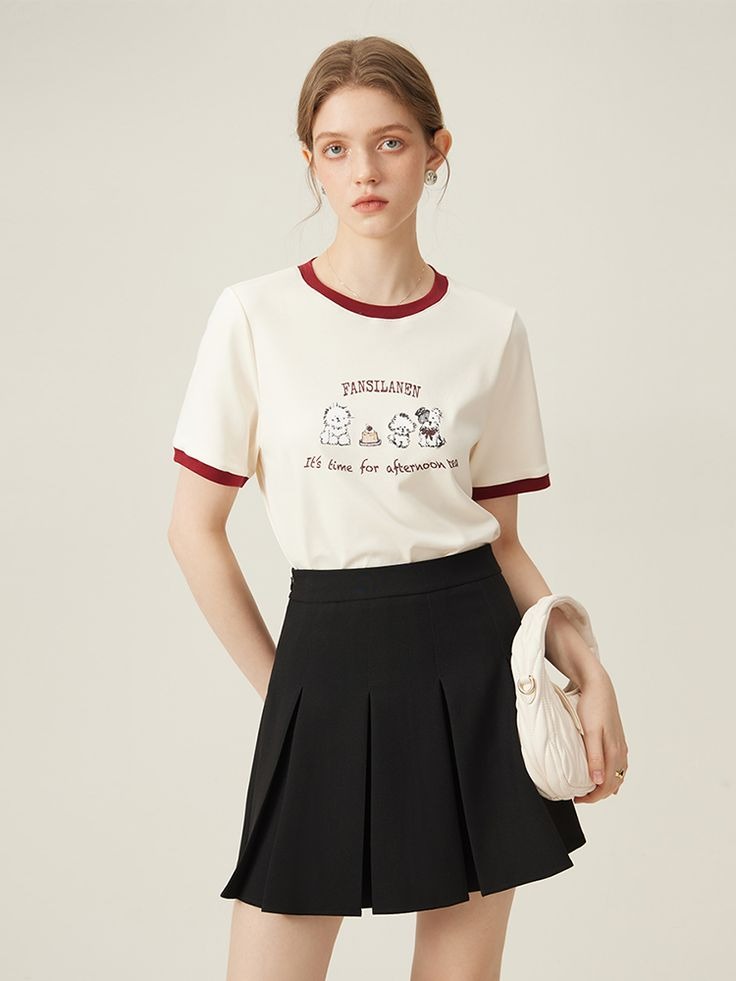Fashion is often perceived as a fleeting phenomenon, a cycle of trends that rise and fall with each passing season. Yet beyond its ever-changing surface lies an enduring truth: fashion is a form of art, one that captures the creativity, dreams, and innovations of humanity. Just as a painter uses color and form to express ideas, fashion designers use fabric, texture, and silhouette to craft visual narratives. These narratives speak to our collective imagination while offering individuals a means of personal expression.
Throughout history, clothing has served as a canvas for human ingenuity. Ancient civilizations mastered the art of weaving, dyeing, and tailoring not merely for utility but for beauty. The intricate beadwork of Native American garments, the vibrant ikat patterns of Southeast Asia, and the hand-painted silks of imperial China demonstrate how fashion has always been intertwined with artistic craftsmanship. Each stitch and motif was imbued with cultural meaning, telling stories of heritage, beliefs, and aspirations.
In Europe, the Renaissance period witnessed an explosion of creativity that extended far beyond paintings and sculptures. Clothing became a form of wearable art, with sumptuous fabrics, rich embroidery, and dramatic silhouettes that showcased both the wealth and the artistic sensibilities of their wearers. This spirit continued into the Baroque and Rococo eras, where extravagance reached new heights. Clothing was not merely about covering the body; it was a deliberate artistic statement, blending form, function, and fantasy.
The Industrial Revolution changed the relationship between art and fashion in profound ways. While mass production made clothing more accessible, it also challenged designers to maintain artistry in an age of machines. Visionaries like Charles Frederick Worth and Paul Poiret elevated fashion to the status of high art, creating collections that were not just functional but deeply aesthetic. They introduced the idea of the designer as an artist, a concept that continues to shape the industry today.
In the twentieth century, fashion and art began to intersect more directly. Collaborations between designers and artists blurred the lines between the runway and the gallery. Elsa Schiaparelli worked with Salvador Dalí to produce surrealist-inspired pieces that challenged conventional notions of beauty. Yves Saint Laurent’s homage to Piet Mondrian transformed a modernist painting into an iconic dress. These partnerships proved that fashion could be more than commercial—it could be a medium for artistic innovation.
The rise of contemporary fashion has only strengthened this connection. Designers now draw inspiration from a wide array of artistic movements, from minimalism to abstract expressionism. At the same time, many modern artists incorporate textiles, garments, and performance into their work, creating an ongoing dialogue between disciplines. This exchange reflects a broader cultural shift toward hybrid creativity, where boundaries between art forms are fluid and collaboration is celebrated.
Beyond the runway, street style has emerged as a powerful expression of fashion as art. Everyday individuals curate their outfits with the same attention to detail and conceptual thinking as professional designers. These street-level creations often blend cultural references, vintage finds, and personal flair, resulting in unique visual compositions. Social media has amplified this phenomenon, turning sidewalks into living galleries where creativity can be instantly shared and appreciated worldwide.
The artistry of fashion is not only visual but also technical. Draping, tailoring, and pattern-making require a mastery of form and structure comparable to sculpture. The choice of fabric, the precision of stitching, and the way a garment moves with the body all contribute to its artistic impact. In haute couture, where pieces are crafted by hand with meticulous care, the level of skill involved rivals that of any fine art discipline. These creations are not merely clothes; they are masterpieces of design and craftsmanship.
Sustainability has added a new dimension to fashion’s artistic mission. As environmental concerns grow, designers are experimenting with innovative materials such as plant-based leathers, recycled fabrics, and biodegradable textiles. These experiments require creativity not just in aesthetics but in problem-solving, transforming limitations into opportunities for artistic growth. In this way, the pursuit of sustainability is inspiring a new wave of fashion artistry that is both beautiful and responsible.
Cultural storytelling remains at the heart of fashion’s creative power. Garments can preserve traditional techniques while adapting them for modern tastes, ensuring that cultural heritage continues to evolve rather than fade. Designers who honor these traditions—whether through hand-loomed fabrics, indigenous embroidery, or symbolic motifs—create works that bridge the past and present. Such pieces remind us that fashion, like all art, is a dialogue across time and generations.
Technology is also expanding the possibilities of fashion as art. Digital design tools allow for the creation of complex patterns and forms that would be impossible by hand. Virtual clothing, augmented reality experiences, and 3D printing are pushing the boundaries of what garments can be. These innovations challenge our definition of fashion, inviting us to imagine clothing that exists beyond the physical realm while still captivating the eye and mind.
Ultimately, the art of dressing is about more than style—it is about storytelling, identity, and imagination. Each outfit we choose is an artistic decision, whether deliberate or subconscious. It reflects our mood, our influences, and our place in the world at that moment. When viewed collectively, these individual expressions form a tapestry of human creativity that is constantly evolving.
Fashion will always be influenced by the currents of art, and art will continue to draw from the language of fashion. Together, they form a dialogue that celebrates beauty, innovation, and the limitless potential of human expression. In recognizing fashion as an art form, we see that every garment is more than fabric and thread—it is a work of creativity, a piece of living culture, and a testament to the enduring power of the human imagination.


